Will Sharp
Having an established and unchanging set of parking lots should be an essential part of any university, no matter the cost. Despite Trinity University’s clear need for more parking, the university is instead installing a new welcome/event center east of Dicke Hall, closing all nearby student parking. This leaves the Laurie Auditorium garage and surrounding areas around Northrup Hall (the football stadium and Northrup garage) as the only available parking in that area. This makes it harder for students, especially students with disabilities, to get to their classes on time or even access upper campus.
At the end of the day, we don’t need a new welcome center. And even if a new welcome center was necessary or beneficial in some way, there’s no reason for it to be so far away from lower campus. The university cites its reason for creating a new welcome center as a part of the ongoing effort to provide a more “inviting” experience for prospective students. Yet, to me, it seems that choosing to locate the new welcome center here, as well as limiting parking in the surrounding area, is a stark contradiction to the notion that Trinity wants “campus to feel like a home — a place where students can truly express themselves and feel supported.”
Trinity certainly has more than enough money to invest in a new set of parking spaces; if it has the money to spend on a new welcome center and a daunting new campus master plan, it could have at least considered this parking dilemma prior to construction. I find it absurd that the Trinity administration willfully ignore a great number of students who find campus mobility challenging. Even taking the proposed master plan and the unwarranted addition of a welcome center, there is still space for Trinity to install a new, accessible parking area.
I have spent the majority of my time here without a car, and though it didn’t go without its difficulties, I was still able to manage. But, now that I do have my 20-year-old, almost-broken-down car with me on campus, it’s become even more evident to me the lack of sufficient parking spaces available for students, regardless of construction. I also have deep concerns for differently abled folks, specifically in regards to American Disability Act compliance, as most of the handicapped parking available isn’t even accessible to most classes on upper campus.
Forcing students to walk all the way down Oakmont Ct., when staff and faculty can park wherever they so choose is a subtle unfairness that ultimately speaks to a greater narrative. To be fair, faculty and staff are an extremely important part of our university, and this parking advantage gets under my skin for reasons that have no related animosity toward our wonderful faculty. Rather, it implies a certain expectation that students should have the physical capability to consistently make this longer walk. In order to compensate for a lack of student parking, I firmly believe that Trinity should consider investing in a parking lot as opposed to blocking off the few that exist for more unnecessary buildings.
People with disabilities are also being impacted by this change as we speak. Students with heart conditions, muscular dystrophy or temporary physical impairments will have to strategically plan ahead of time about where to park — that is if they own a vehicle. And yes, there are people with disabilities who can drive. Even if unable, students with disabilities should still be able to ride with their peers to class without any obstructions. Although people with disabilities will be unequivocally impacted by this, these changes impact able-bodied students as well.
All things considered, there are a lot of preventative measures that need to be addressed by the administration. Even the alternative parking spots available for students with disabilities are still way too far from the buildings in which classes are held. This is a pressing issue that I myself have been impacted by. I highly recommend that Trinity implements a system that reaches out to those in need of transportation; a system that doesn’t put the burden of transportation on the students in need, but rather on the institution.
Beck Williams
Many Trinity University students have experienced the frustration of not being able to find a parking spot close to their dorm or class, perhaps resulting in tardiness. I myself am no stranger to the frantic, time-crunching search and the letdown of a fully occupied lot. It is easy, when one has had to deal with this, to consider the obvious solution: build more parking spaces. However, upon further inspection, this approach reveals itself to be overly costly, detrimental to student life and simply unnecessary.
We must consider that any major construction project will come with costs. Although parking lots themselves may not be as exorbitantly expensive as a new building — perhaps only costing a few hundred thousand dollars for a medium-sized project — what is more problematic is the opportunity cost. In order to build or expand lots, Trinity would have to use up very limited space on campus — space that could be used for new classroom buildings, green spaces or other enhancements to student life. Instead of creating more convenience for drivers, these kinds of spaces would actually add to the academic and social experience of students by building a campus that encourages learning and socialization.
We can see now what kinds of projects are possible if we are willing to sacrifice some of our parking space. The new welcome center and event hall currently under construction, while cutting into some of the parking space at the northern end of campus, is set to include a cafe, conference rooms and event spaces. These amenities will create more places where students can gather and socialize, creating a more vibrant campus atmosphere.
Trinity advertises its campus as feeling “like a home” and fostering “vibrant student life activities,” and these goals constitute a large part of the justification for the new welcome center’s construction. But building such an environment requires students to be actively involved in life on campus, including frequenting spaces that aren’t the classroom or the dorms. Overemphasis on car infrastructure — chiefly parking — encourages a more detached lifestyle that draws students away from pedestrian-oriented spaces. Extra parking spaces impede our ability to build more amenities for students, but the added convenience could also create incentives for students to drive more, reducing the amount of time they spend engaging with the campus and their fellow students.
In addition to the myriad disadvantages of building new parking, I simply do not believe there is any pressing need. With almost 20 lots situated all over campus, there is ample space for all student and staff vehicles, even if one particular lot tends to fill up more often. And while it might be nice to always be able to find a spot right next to one’s class or dorm, it is no tragedy that a young, able-bodied college student should have to walk a few hundred feet.
One could argue that it is not the able-bodied student with whom we ought to concern ourselves, but the student who is disabled and may need convenient parking for the sake of accessibility. This problem, however, does not require such a major undertaking as building new parking. In fact all but two of Trinity’s existing parking lots, which collectively provide close access to virtually every building on campus, contain designated handicapped parking spaces. Even if it were found that these spaces were not consistently available in a high enough quantity to meet the needs of students, other regular spots in those lots could easily be converted to additional handicapped spots without the need for new construction.
While there are legitimate reasons one might be inclined to support the creation of additional parking at Trinity, I find the claims of its necessity unconvincing and the possible negative consequences concerning. For the sake of student well-being and the efficient use of space, I suggest that the university continue to make do with the current parking situation.

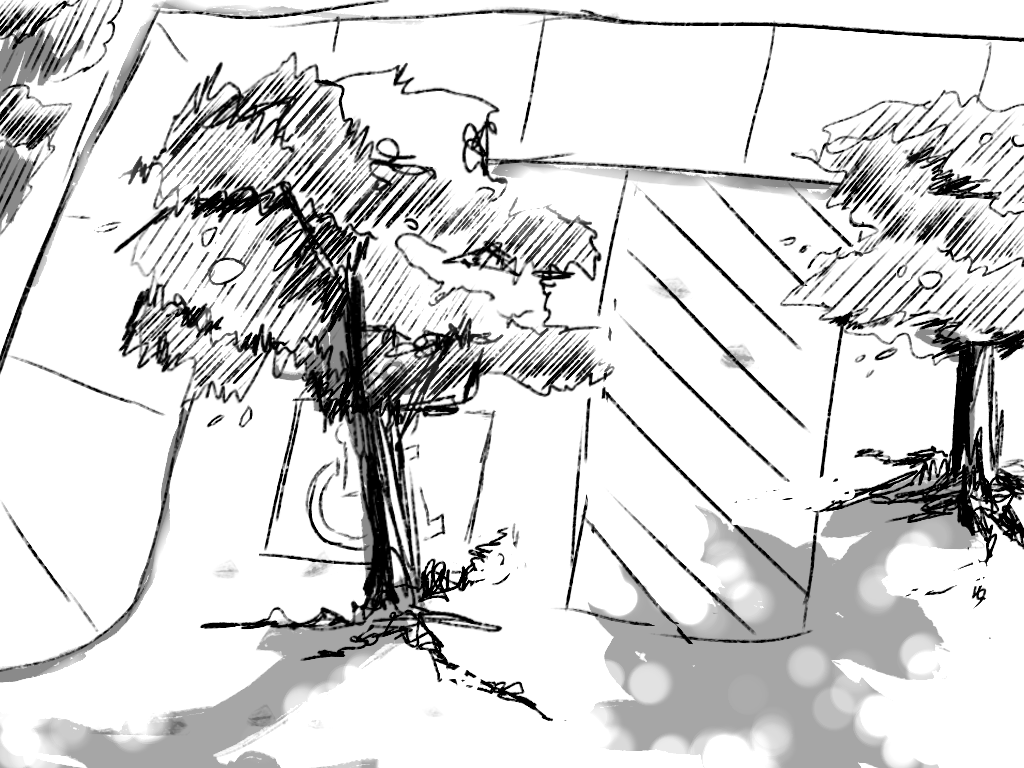
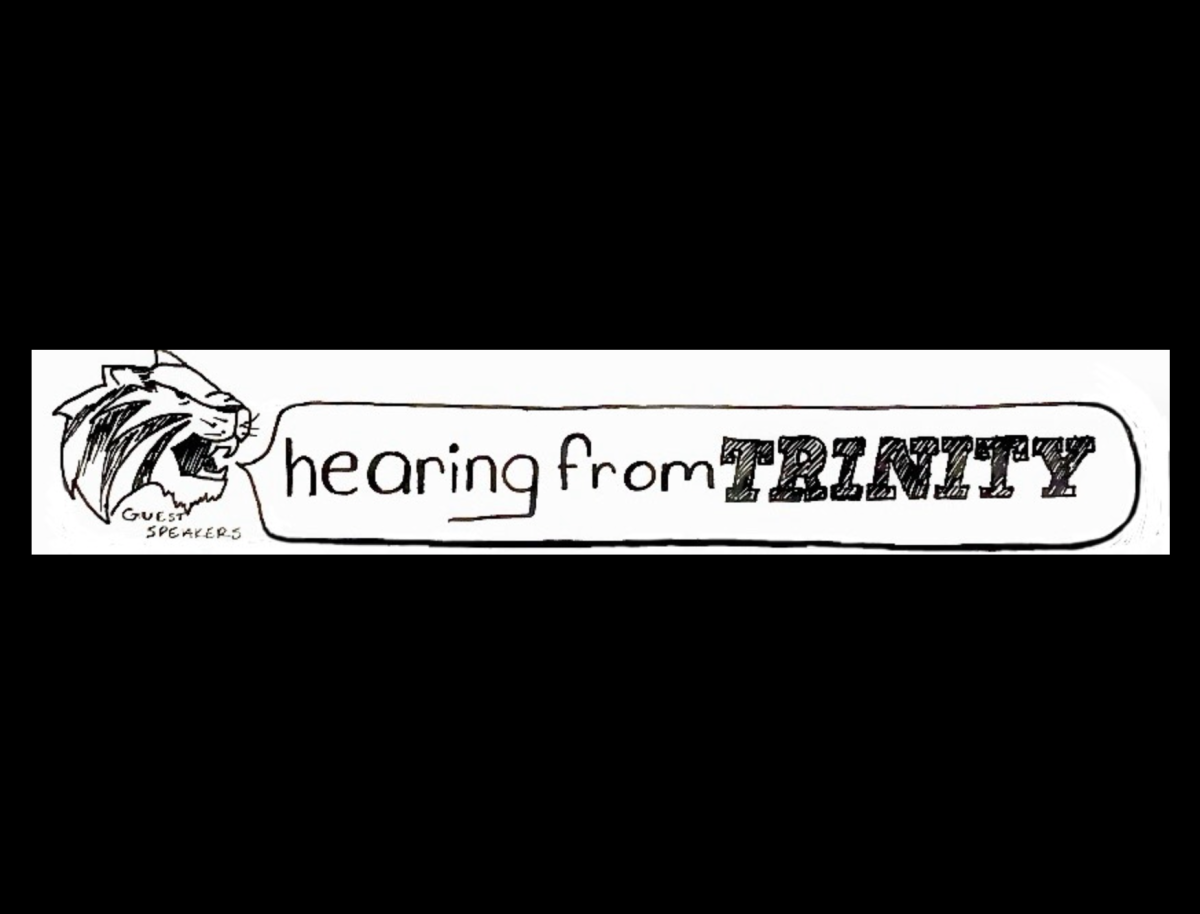




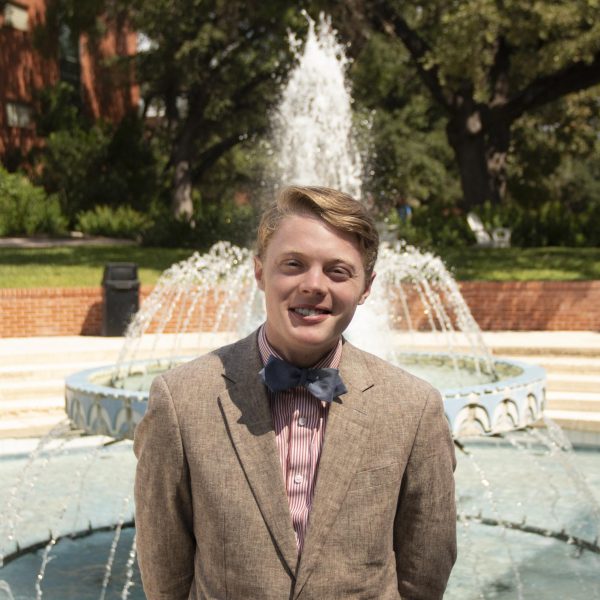
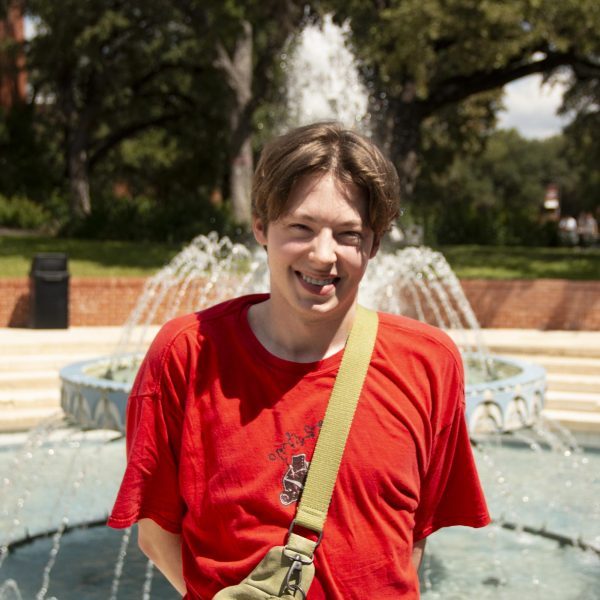
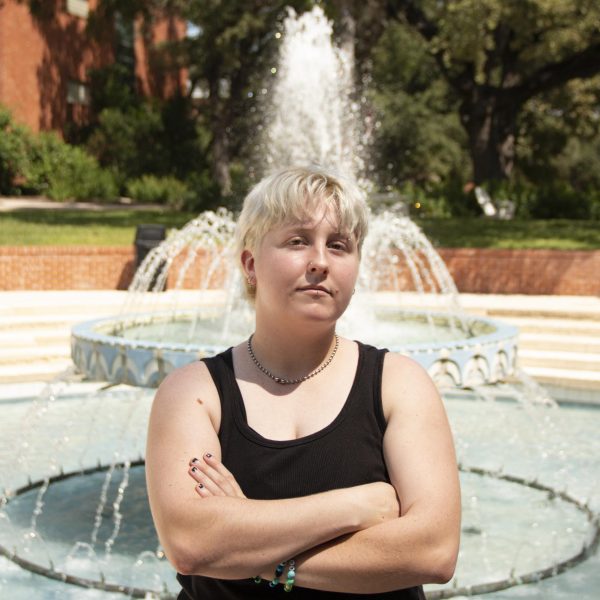
Dawson • Sep 19, 2024 at 11:34 am
I agree with Will. The current parking situation is absurd and I’m not sure why we need a welcome center if we’re already getting record high applicants each year and we don’t have the necessary infrastructure on campus to support an expanding student body (some juniors were assigned to be in Freshmen dorms because we ran out of upper division housing!).
Anytime there is a sporting event on campus, one is unlikely to find a parking spot even close to their dorm. Especially if you live in the upper division area.